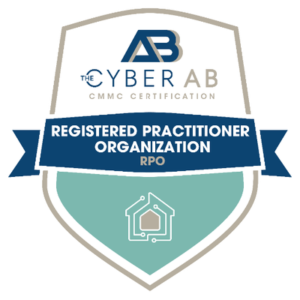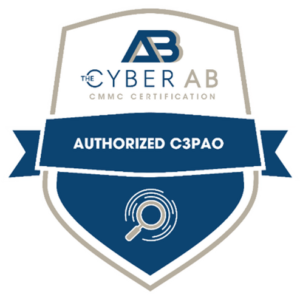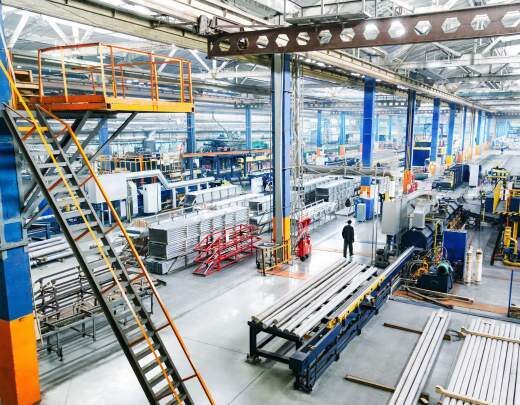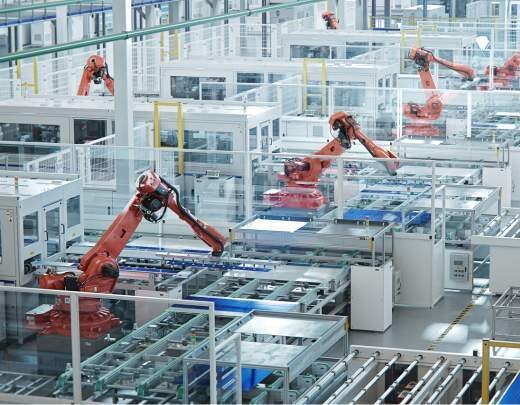If you're a U.S. manufacturer in the DoD supply chain, your ability to win and retain defense contracts is about to hinge on one thing: CMMC Level 2 compliance.
While the CMMC framework is uniform, its impact isn’t. These are the issues uniquely affecting manufacturers.
Manufacturing shop floors often run decades-old equipment and control systems. Many of these can’t be patched, monitored, or logged with standard IT tools—yet they still process CUI or touch systems where CUI might flow. This makes boundary scoping, segmentation, and risk management far more complex as well as critical to protecting national defense.
Many small to mid-size manufacturers rely on tribal knowledge or paper-based SOPs. But CMMC Level 2 requires fully documented policies and repeatable practices. Without clear, role-specific documentation, even strong cybersecurity controls can fail an assessment.
Culturally, manufacturing firms have not felt like they were targets of cyber attacks – after all, their focus is on the physical world, not on creating data, so their IT operations are typically focused only on enabling connections, not preventing rogue connections. Accordingly, their cyber operations are usually lean or nonexistent. Understanding the requirements for CMMC is especially challenging in such environments.
Your compliance doesn’t end at your organizational borders. Manufacturers depend on a web of third-party suppliers—some of whom may not meet DoD cybersecurity standards. Under CMMC, this puts your eligibility and security posture at risk unless addressed with flow-down clauses and supplier vetting.


A CMMC gap analysis benchmarks your current environment against the 110 controls and 320 control objectives required by CMMC, helping you identify technical, procedural, and documentation gaps. For manufacturers, it’s especially valuable for uncovering blind spots in shop floor systems, shared workstations, and unmanaged endpoints.

Create a scoped CMMC assessment boundary that limits compliance requirements to only the systems and workflows that handle CUI. Manufacturers often benefit from network segmentation or separate enclaves that keep production systems out of scope when possible.

Avoid copy-paste documentation. Your policies must reflect how security controls are actually implemented across engineering, production, and IT. For example, how are technicians granted access to maintenance laptops? How is removable media handled in machine programming? These details matter.

CMMC isn’t a one-time fix—it’s a maturity model. Manufacturers who embed security into their training programs, change management processes, and vendor relationships will have a clear advantage in future assessments.

“Working with Coalfire Federal for our CMMC Level 2 assessment was a thorough and professional experience from start to finish. Their assessment team demonstrated deep expertise in both the technical requirements and the practical implementation of CMMC controls."
Please note that this FAQ is a summary and should be used in conjunction with the official CMMC documentation for precise guidance and compliance instructions.
CMMC 2.0 is the Department of Defense’s cybersecurity framework that sets Level 2 standards for manufacturers handling Controlled Unclassified Information (CUI), aligning with all 110 controls in NIST SP 800-171.
CMMC Level 2 compliance is required for any contractor or subcontractor managing CUI. For defense manufacturers, that includes everything from aerospace parts suppliers to electronics fabricators, precision metal shops, and complex assembly operations.
What sets manufacturing apart? Unlike sectors with centralized IT systems and cloud-based workflows, manufacturers face the added burden of securing operational technology (OT), legacy systems, and production environments—all while keeping uptime and efficiency intact.
In short: CMMC presents some unique challenges for manufacturers—but it’s also essential. Manufacturers are literally responsible for making the parts that make our defense so innovative. Protecting the blueprints and engineering specifications for manufacturing those innovative elements is critical.
The manufacturers best positioned to win in the next phase of DoD contracting are those who treat CMMC compliance as a long-term investment. By aligning security with production workflows and supply chain management, they:
If you're early in your journey, start with a CMMC gap analysis to identify scope, close compliance gaps, and prioritize remediation efforts. If you believe your organization is ready for a formal assessment, a mock assessment offers a full-scale practice run to validate readiness and reduce the risk of surprises during the real thing.
Delaying CMMC preparation may prevent eligibility for future DoD contracts, putting the company at a competitive disadvantage compared to compliant suppliers.
Talk to a Coalfire Federal expert today to accelerate your CMMC Level 2 readiness and ensure your manufacturing operations stay contract-eligible.